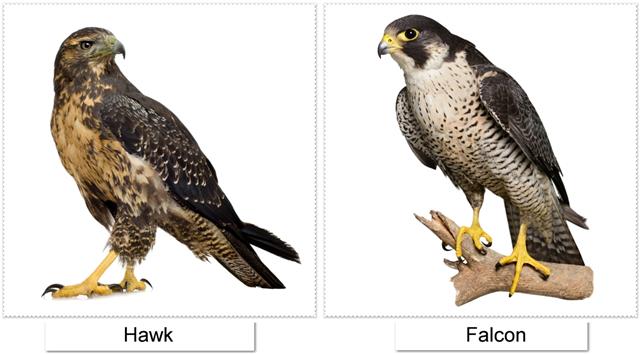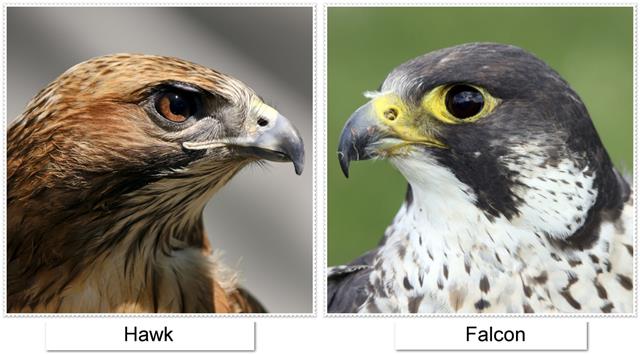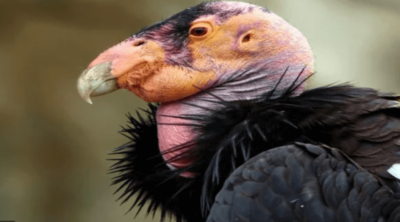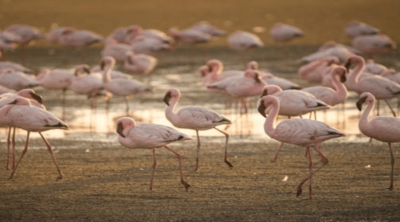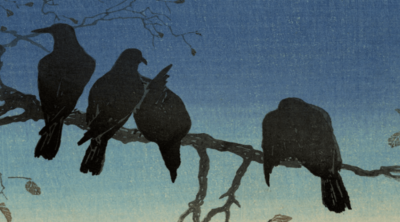
If you’re just starting out with birdwatching, you may feel that species identification is overwhelmingly complex and difficult. If you start out slow, you’ll have early successes that will let you practice without crushing your spirits. One good way to start is by learning to tell the difference between falcons and hawks. This article describes how.
For beginning birdwatchers, or birders, as they often call themselves, one of the best ways to practice bird identification skills can be distinguishing between hawks and falcons. This is a great activity for a variety of reasons. For one thing, birds of prey are some of the most interesting common birds around. Although exotic smaller species can be seen in almost every geographical region, they are not immediately obvious to the untrained eye. Other large birds can make for great bird watching, but they sometimes require involved expeditions to locate them, which could be daunting to the beginning birder.
Hawk or Falcon?
Distinguishing between hawks and falcons is a great practice for beginners because the two types of birds of prey are fairly easy to tell apart, so, efforts in this direction are almost certain to be rewarded, and these early successes can spur first-timers on to more advanced activities. After reading a little bit about the differences between hawks and falcons, you can try to tell them apart whenever you see one as you go about your daily activities. Soon, you’ll be able to more specifically identify each bird you see, allowing you to more deeply appreciate these majestic creatures.
Size Alone Isn’t Enough
Some people mistakenly believe that falcons and hawks can be distinguished by size alone. Although it’s true that falcons are, in general, smaller than hawks, both types of birds can vary significantly in size depending on species, so there are small hawks and large falcons, and size alone is not sufficient to tell which type of bird you are looking at. Additionally, it can be very difficult to appropriately estimate the size of a bird in flight.
First Difference: Wing Shape
Instead of size, the easiest and most reliable way to easily tell whether a bird of prey in flight is a hawk or a falcon is the shape of its wings. As compared to hawks, falcons have long, slender wings that are pointed at the end. Hawk wings are wider in relation to their bodies and usually have rounded ends. Additionally, larger hawk species, such as eagles, have distinct, separated feathers on the ends of their wings that allow them to maneuver more precisely. Falcons are more adept at speed than at precision, which explains their more aerodynamic shape.
Second Difference: Flight Pattern
Another easy way to tell between hawks and falcons is by observing their flight patterns. Because their wings are more slender, falcons beat their wings rapidly, engaging in only short periods of gliding. Hawks, on the other hand, flap their wings more slowly due to their greater proportional surface area and glide further and more often.
Third Difference: The Head
Finally, the shape of the bird’s head can be a clue to its identification. This is useful when the bird is viewed from an oblique angle that obscures the shape of its body and its markings. Falcons’ heads are usually short and rounded, whereas hawks, including accipeters, buetos, and eagles, have sleek, pointed heads. Less reliable distinguishing features include hawks’ long tails and falcons’ striking facial markings. Although these features can help with identification, they should be used in conjunction with other observations and information, because they could be misleading on their own.
Moving On
By following these basic guidelines to distinguishing between hawks and falcons, you will be able to practice identifying the wild raptors you see with immediate success. When you’ve mastered this, try moving on to distinguishing between types of hawk or between falcons and kestrels. As you gain more experience and become more advanced, you’ll be able to tell at a glance what species of raptor is flying overhead, and you’ll be well on your way to a rewarding career as a birding hobbyist.
